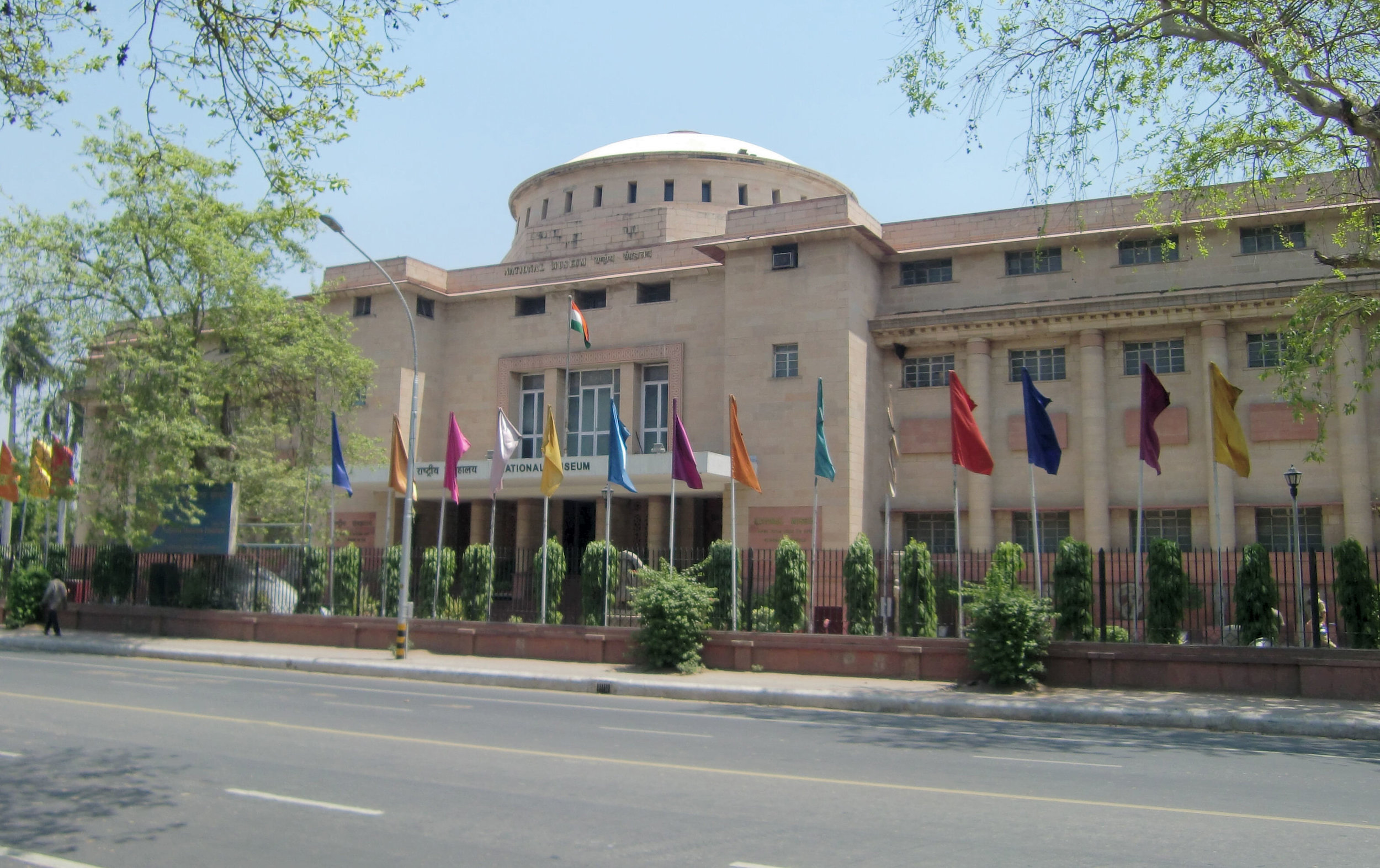Recontextualising a repository of history, for tweets and posts
India's National Museum is taking baby steps on social media
A view of the National Museum, New Delhi. From Wikimedia Commons
On the second floor of the National Museum, is a room hidden away behind a long corridor. Here, under an imposing Raja Ravi Varma painting sits Sanjib Kumar Singh, the institution’s spokesperson. Full of idealism about what the point of a museum is, what it should be to people, and what it must represent, Singh waxes eloquent: “The museum should reflect the character of the nation. It is our duty to be like Sanjay to Dritarashtra,” he says referencing the Mahabharata. “We should give the public the eyes to see what we’ve had as a civilization, and what we’ve had in the museum for a long time.”
For years however, most museums have been unable to rise up to a large section of the young, online, and impatient. It isn’t a secret that their websites are unattractive, their outreach rather ineffective, and that they don’t introspect enough for a re-jig in presentation.
Now, with what seems to be a department-wide mood to do better online, the National Museum has been going live on Facebook, and posting regularly on Twitter and Instagram, attracting audiences whose last memories of the museum space are probably from bundling up into a bus for a “class trip”.
A team of four people, all in their late 20s to early 30s, leads this social media initiative at the National Museum. Their natural engagement with the world through mobile-internet, a shift in lifestyle from that of their bosses.
The Facebook page started in late 2013; they got onto Twitter in March 2014; and in December 2015, the National Museum made its first Instagram post.
Their statistics however, don’t match up to this duration, or the stature of the institution itself. Their Facebook page has just over 15,000 ‘likes’, and they have a 4.6/5 rating. This too however, is based on just over 500 reviewers. For context, the population of Delhi, the city in which the museum is located, is close to 1.8 crores. Their Twitter following stands at just over 7,000. This, despite almost a tweet a day. In their three years and three months on Instagram, they have a modest 1,850-odd followers.
“We have a watch-team in the media cell of the Ministry of Culture. They give us guidance and we report to them every week as well,” says Rige Shiba, the museum’s education officer, and one of the four people handling the National Museum’s social media accounts. Weekly reports to the ministry consist of number of posts made, change in number of follows, likes, shares, and reach, she adds. All of India’s museums governed by the central government, including the National Gallery of Modern Art in Delhi, Victoria Memorial Hall in Kolkata, and the Salar Jung Museum in Hyderabad, reportedly have this same routine.
Since the Nizam’s Jewellery Collection exhibit started in February, the National Museum’s social media posts have increased in frequency. With the uniform tagline “yeh nahi dekha toh phir kya dekha,” they focus on one piece from the collection each time they post, giving a brief context to its significance or trivia related to it, and end with “So, #chalomuseum.”
Shiba says this last hashtag is borrowed from a public-awareness campaign that the the Kiran Nadar Museum of Art started in February, to encourage people to visit museums. Their campaign included a video of a family whose foreign guest asks them to take her to a museum. After a moment of silence, one of them responds with “India mein museum kaun jaata hai?” (“Who in India goes to museums?”)
The National Museum also does an #ObjectOfTheDay series through their posts. Through this, they recontextualise pieces from their existing collections by pegging them to upcoming days-of-note. “For example, there are more than 15 tribes in Arunachal Pradesh, and we have a huge collection in our North-East galleries reflecting this. During a festival pertaining to one of these communities, we select corresponding objects to upload on social media with a short narrative. That way, we connect with the north-east, with their material culture that’s already on display here, and also with newer audiences,” Shiba says.
The team is careful not to “overburden followers with constant posts,” she adds. “Our target is to focus on storytelling, but in a succinct manner. We want our virtual audiences to have a glimpse of what we have in the museum,” Shiba says, with Singh interjecting, “so that they are curious to find out more.”
This piece was first published here
